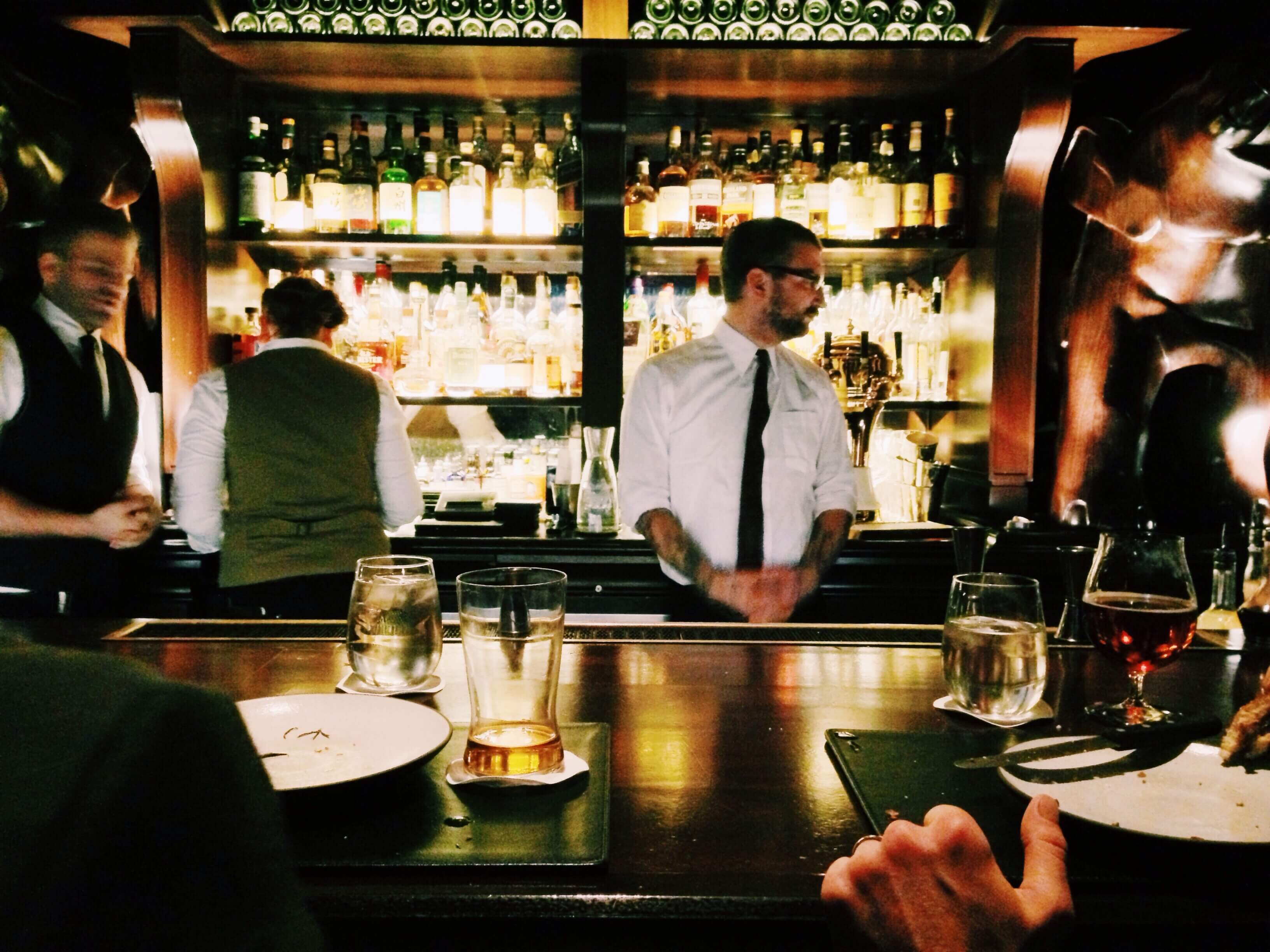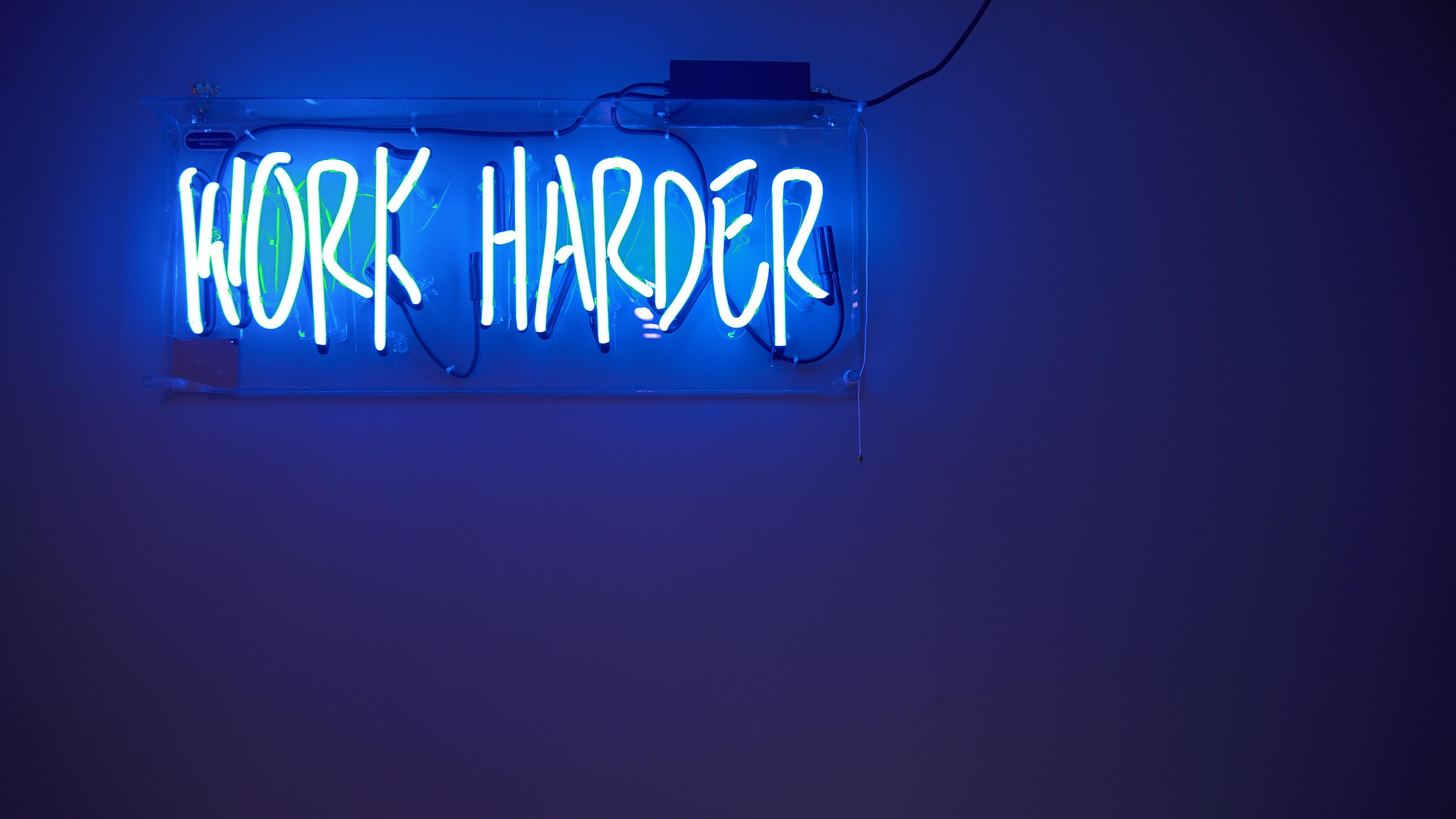More and more people are beginning to dress casually in the workplace. The same attire that was worn ten years ago is drastically different than the attire in offices now. But, why is this? There are many different approaches to answer this question.
The shift in the workforce has a tremendous impact on what the dress code is in offices. The Millennial generation is overtaking high profile jobs and applying their relaxed dress code with it. The informal dress code in businesses has promoted a new kind of worker. Moving into the new generation of workers, businesses have adapted to keep up with the changing work environment. This move is an effort to make themselves more appealing to a younger generation of workers.
The traditional suit and tie look could be hindering client relationships. In client-facing positions, visiting a client in the traditional formal dress code could be intimidating. To keep up with trends and also to ease customers, businesses have turned to the unorthodox method of dressing down for face-to-face client interactions. When picking out your outfit for visiting a client, you do not want to appear too casual. There should be some standard in your dress code when going to visit a client. Wearing sweatpants and a t-shirt is considered too informal for a client interaction.
“Business Casual” dress code has gained popularity from technology companies and some Wall Street fashion. Places like Silicon Valley have promoted their business casual attire. The initiative branched out to other industries. The finance industry has taken a liking to this new “Business Casual” approach. In 2016 JP Morgan embraced the new business casual. The business’s 237,420 employees took the step to dress business casual every day of the week.
Social trends could play into why employees accept the new business casual. Younger generations are more frugal than their older counterparts. This frugality could explain why people have leaned towards a new kind of dress code. The suit and tie model is not only expensive but gives off an expensive vibe. Now, executives stray away from the high cost of the formal dress code and promote comfortability and thriftiness.
The casual dress code has changed the way businesses look, and how we look at businesses. Despite this trend, some major corporations stick with the traditional white shirt dark tie look.






